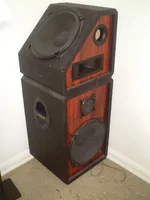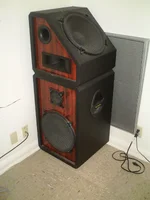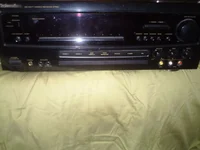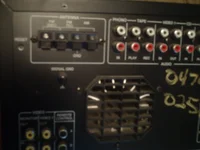Spiced MSP
Member
- :
- 2016 Peterbilt 579
Ok, here is my problem. I have a Techwood 260 watt STR84 reciever. I have looked online everywhere with no success. Before I started having issues and everything worked fine, I would turn on the reciever and you would hear two clicks. The first click is the the recieiver and fan turning on and "Welcome" is displayed. The second click is after everything is turned on. Now, for some reason, if I turn it on, I hear the first click and the fan turns on. After that, "welcome" is displayed as usual but I never hear the second click and then "Protect" is displayed and blinking on the reciever. While is says protect, i can't do anything at all, no matter what I press. I disconnected all speaker wires and components and it still does it. I really like my stereo system. It came with the reciever, 5 disc changer, tape deck(who still uses those..lol) and four 15'' subs in woodgrain enclosure. ( two enclosures with two subs on each). I have broken plenty of pictures and have had many noise complaints from neighbors several houses down but I do not want to have to get rid of my stereo because of something I could fix instead of buying another reciever. Any suggestions?? I have pics attached of the reciever and subs for the curious ones.




